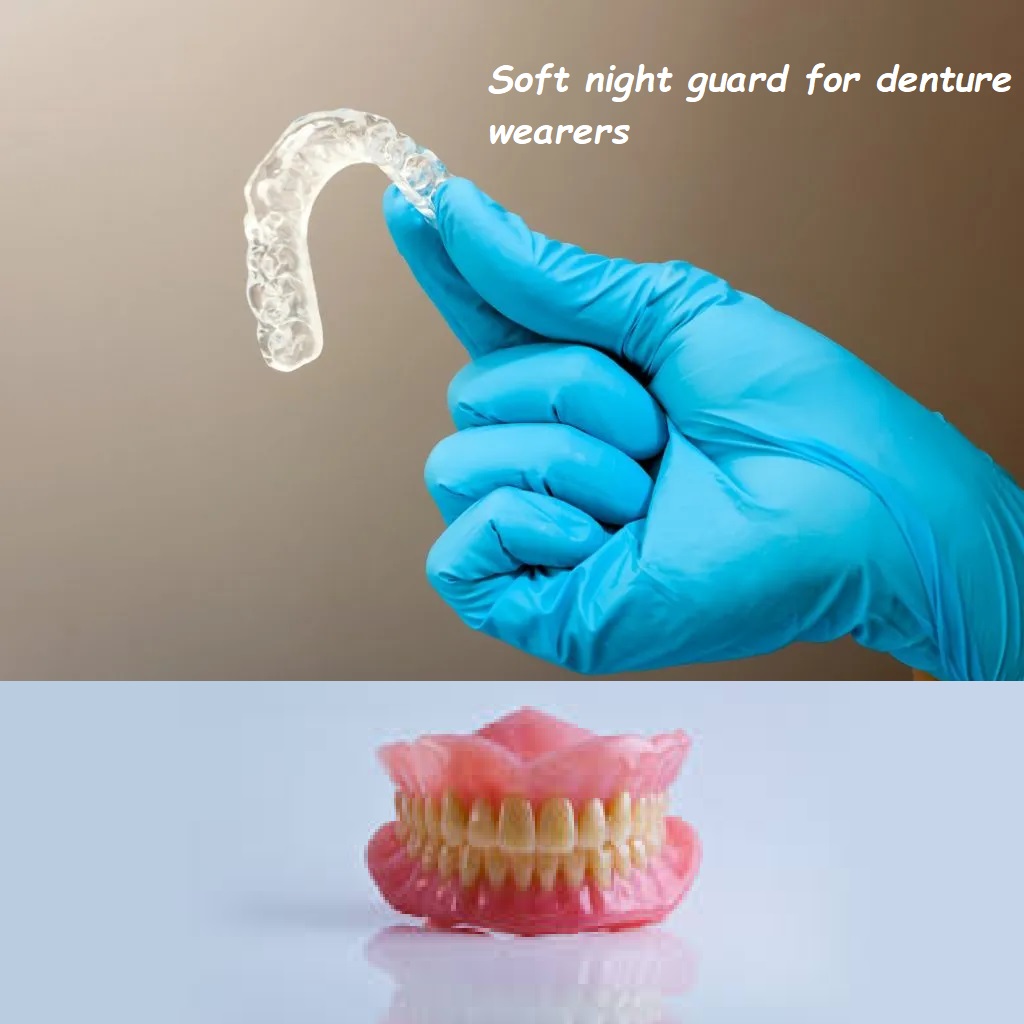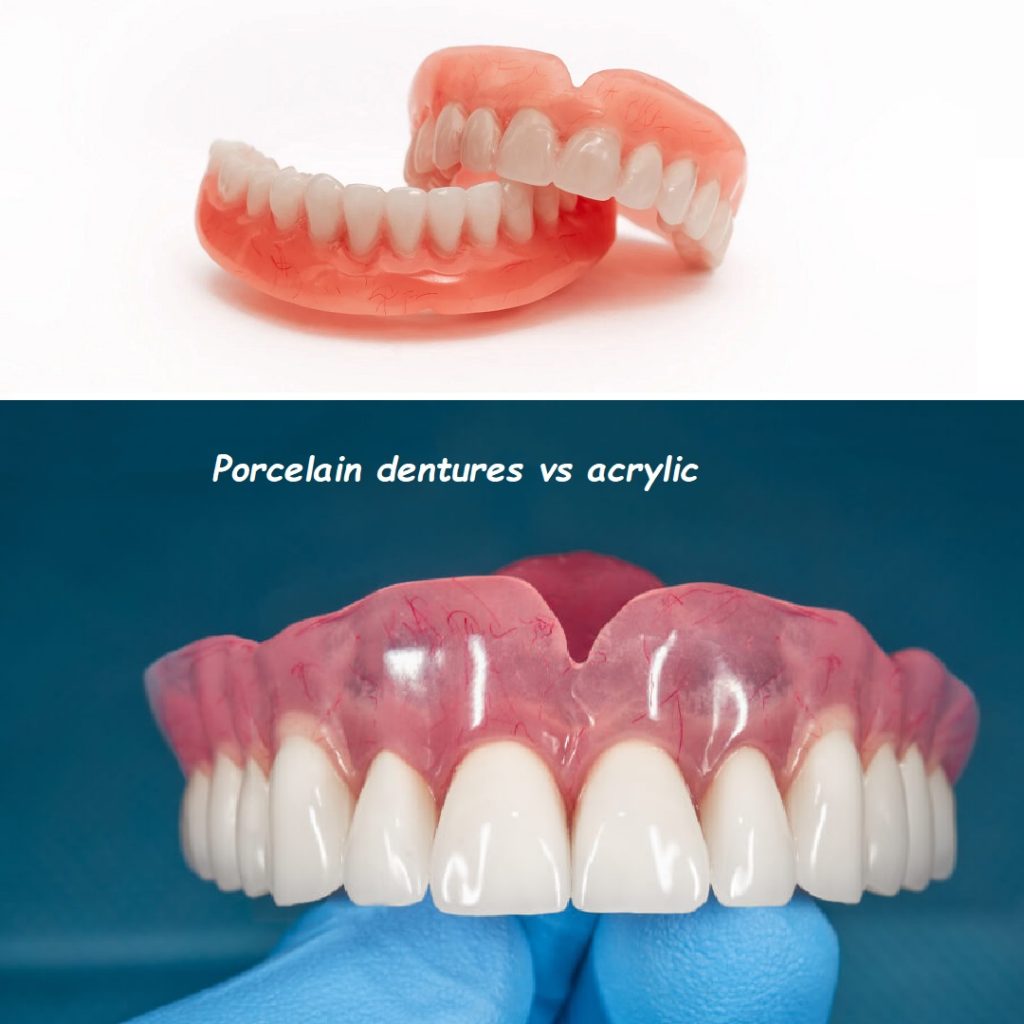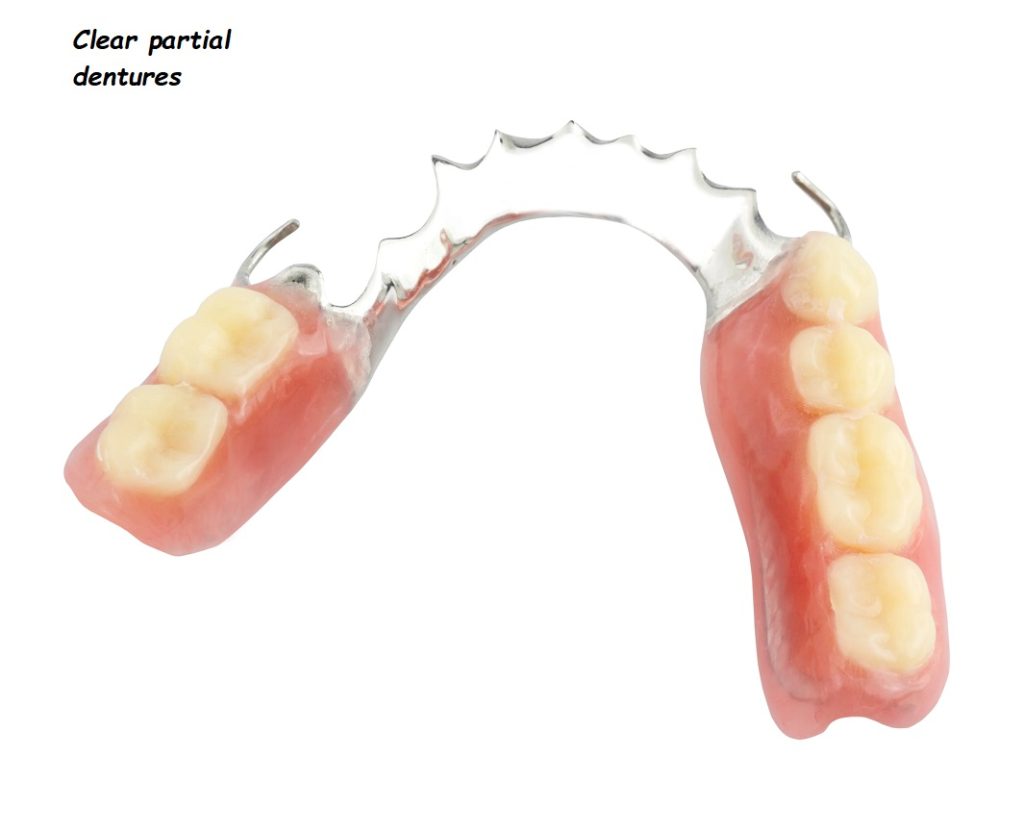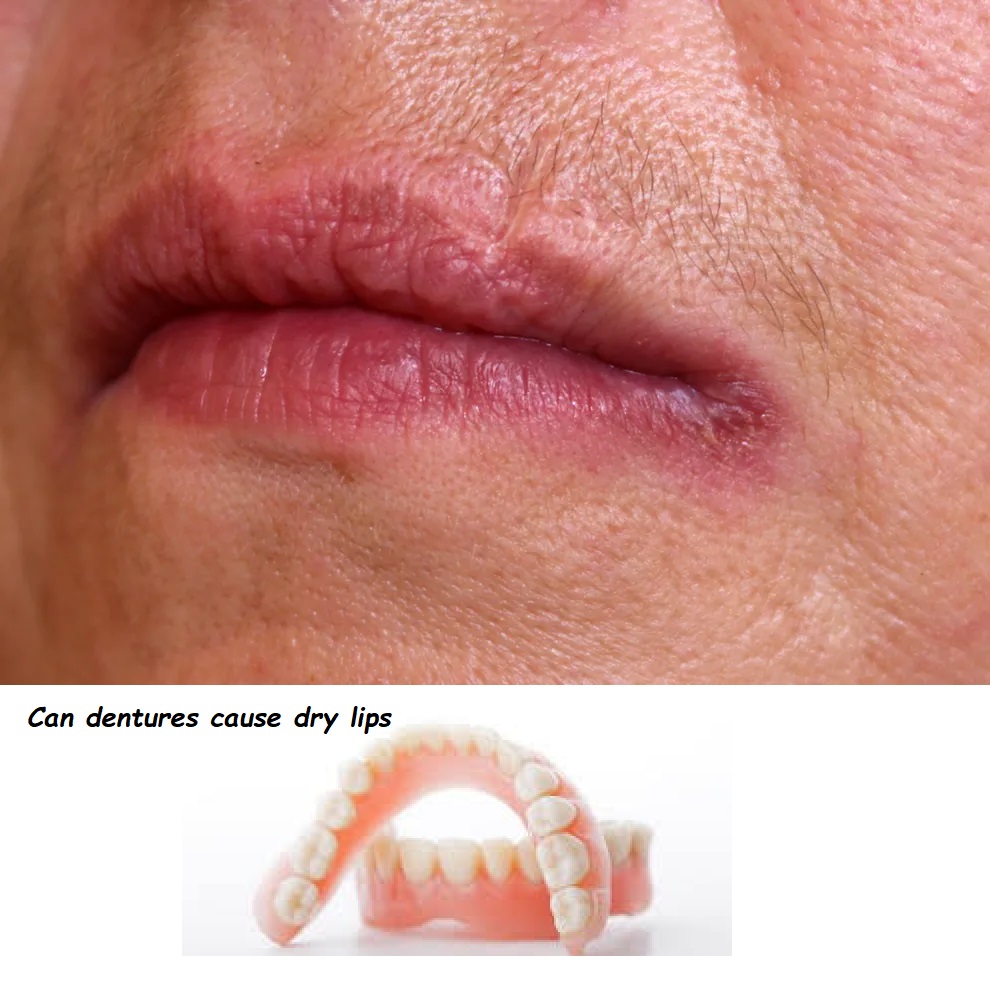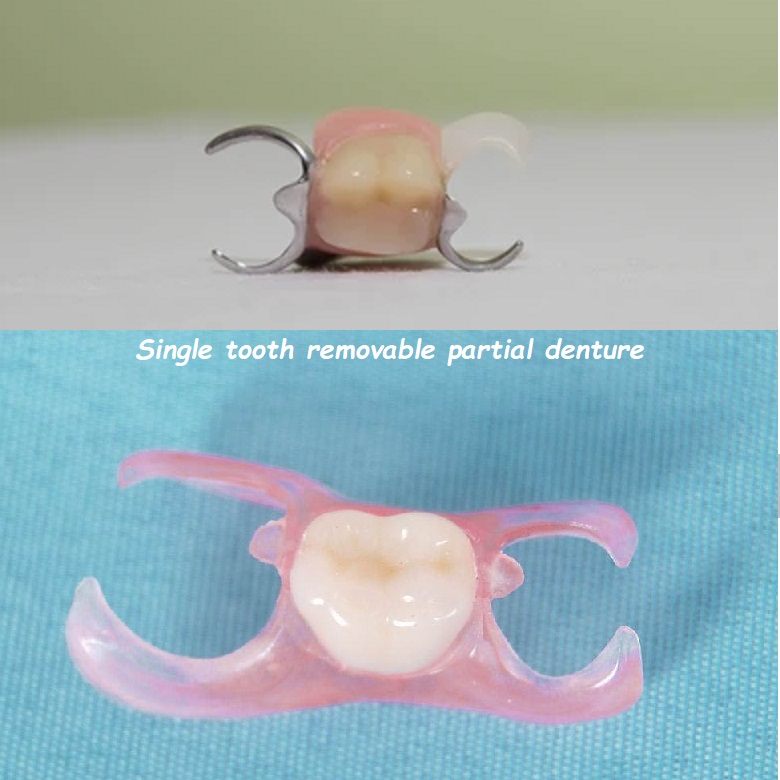anterior implant bridge
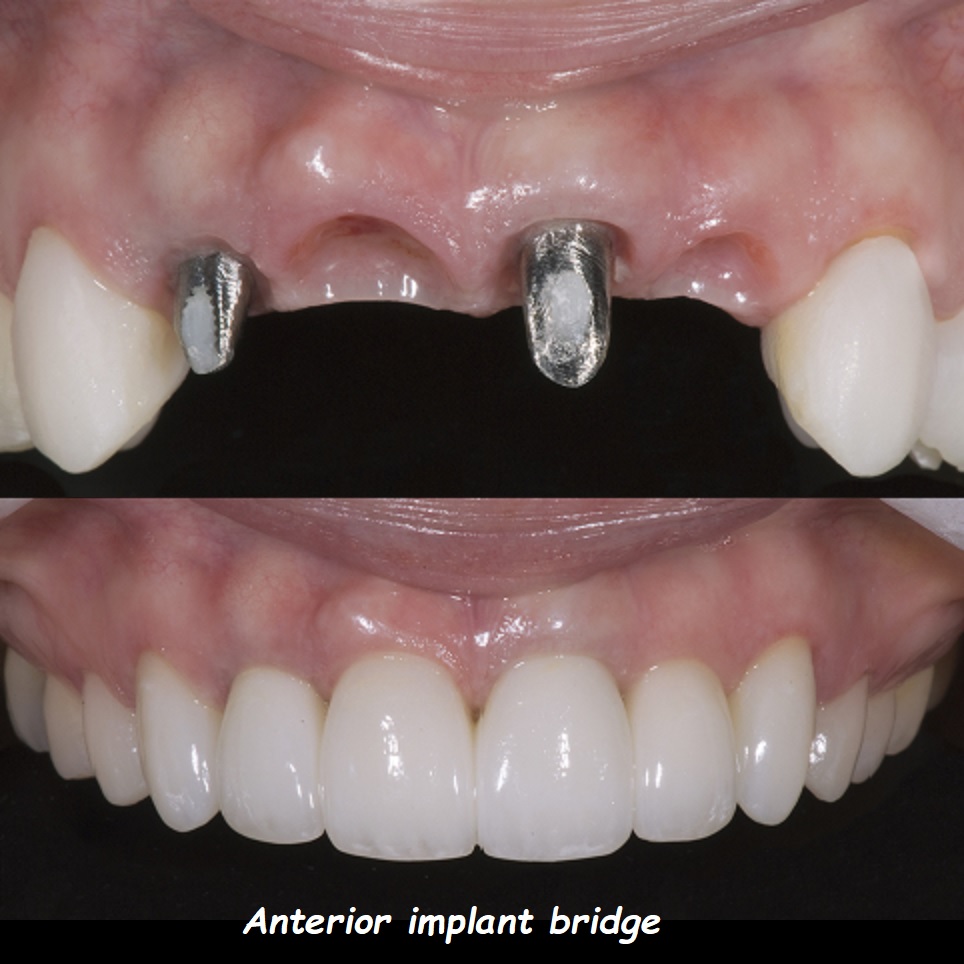
When it comes to dental restorations, especially in the highly visible front teeth or anterior region, nothing beats the effectiveness and aesthetic appeal of an anterior implant bridge. This modern dental solution not only restores functionality but also provides a natural-looking smile that enhances confidence. In this comprehensive guide, we will explore everything you need to know about anterior implant bridges—from the basics to the benefits, procedure, and aftercare.
What Is an Anterior Implant Bridge?
An anterior implant bridge is a dental prosthesis designed to replace missing teeth in the front (anterior) region of the mouth. Unlike traditional bridges, which rely on adjacent teeth for support, an anterior implant bridge is anchored by dental implants. These implants are surgically placed into the jawbone, acting as sturdy foundations for the bridge.
Why Choose an Anterior Implant Bridge?
If you’ve lost one or more front teeth due to injury, decay, or other reasons, an anterior implant bridge offers several advantages:
- Aesthetic Appeal: The front teeth are critical to your smile. An anterior implant bridge can be designed to match the color, shape, and size of your natural teeth, ensuring a seamless and beautiful smile.
- Stability and Functionality: Because the bridge is anchored by implants, it is more stable than traditional bridges. This stability ensures that you can speak, chew, and smile without worrying about the bridge shifting or loosening.
- Bone Preservation: Dental implants help preserve the jawbone. When a tooth is lost, the bone that supported it begins to deteriorate. Implants stimulate the bone, preventing this bone loss and maintaining facial structure.
- Long-Term Solution: An anterior implant bridge can last for many years with proper care, making it a long-term investment in your oral health and appearance.
The Anatomy of an Anterior Implant Bridge
To fully understand the benefits and process of getting an anterior implant bridge, it’s important to know the components involved:
- Dental Implants: These are titanium posts surgically placed into the jawbone. Over time, the bone fuses with the implant in a process called osseointegration, creating a stable foundation for the bridge.
- Abutments: Once the implants have integrated with the bone, abutments are attached to them. These are connectors that will hold the bridge securely in place.
- The Bridge: The final component is the actual bridge, which consists of artificial teeth (pontics) that replace the missing teeth. The bridge is custom-made to fit your mouth and match your natural teeth.
The Procedure for Getting an Anterior Implant Bridge
The process of receiving an anterior implant bridge is typically completed over several months and involves multiple steps:
1. Initial Consultation and Planning
The first step is a thorough examination by your dentist or oral surgeon. This includes X-rays, 3D imaging, and possibly CT scans to assess the health of your jawbone and determine the best placement for the implants.
2. Dental Implant Surgery
The next step is the placement of the dental implants. This is a surgical procedure where the implants are inserted into the jawbone. The surgery is usually performed under local anesthesia, although sedation options are available for those who are anxious.
After the surgery, it takes several months for the implants to fully integrate with the bone. This healing period is crucial for the success of the implant.
3. Placement of Abutments
Once the implants have fully integrated, abutments are placed on top of them. The gums may need to heal around the abutments before the final bridge can be placed.
4. Fabrication and Placement of the Bridge
The final step is the placement of the custom-made anterior implant bridge. Your dentist will ensure that the bridge fits perfectly and matches the color and shape of your natural teeth. Once everything is in place, the bridge is secured to the abutments, completing the restoration.
Aftercare and Maintenance of Anterior Implant Bridges
Taking care of your anterior implant bridge is essential to ensure its longevity and functionality. Here’s what you need to do:
1. Maintain Good Oral Hygiene
Although the bridge itself can’t decay, the surrounding gums and remaining natural teeth can be at risk if proper oral hygiene is not maintained. Brush and floss regularly to keep your mouth clean. Special flossing tools and interdental brushes can help clean around the implants and bridge.
2. Regular Dental Check-ups
Visit your dentist regularly for check-ups and cleanings. They can monitor the health of your implants, gums, and natural teeth, ensuring that everything remains in good condition.
3. Avoid Hard Foods
Be cautious with very hard or sticky foods that could damage the bridge or put excessive pressure on the implants. While the implants are strong, it’s always a good idea to avoid unnecessary risks.
4. Quit Smoking
Smoking can interfere with the healing process and the overall success of dental implants. If you smoke, it’s advisable to quit to ensure the best possible outcome for your anterior implant bridge.
The Cost of Anterior Implant Bridges
The cost of an anterior implant bridge can vary significantly depending on several factors:
- Number of Implants: The number of implants required will influence the cost. Typically, a bridge replacing multiple teeth might require two or more implants.
- Material Used: The type of materials used for the bridge (such as porcelain or zirconia) can affect the overall cost.
- Geographic Location: The cost of dental procedures can vary depending on where you live. Urban areas and certain regions may have higher costs due to the cost of living and demand for dental services.
- Additional Procedures: In some cases, additional procedures such as bone grafting or sinus lifts may be necessary, which can add to the cost.
Insurance and Financing Options
Dental insurance might cover part of the cost of an anterior implant bridge, particularly if it’s deemed medically necessary. However, coverage varies, and it’s important to check with your insurance provider. Many dental offices also offer financing plans to make the procedure more affordable.
Who Is a Candidate for Anterior Implant Bridges?
Not everyone is an ideal candidate for an anterior implant bridge. Certain conditions and factors can affect your suitability for this procedure:
1. Adequate Bone Density
Since implants rely on the jawbone for support, having sufficient bone density is crucial. If you have experienced significant bone loss, you may require bone grafting before implants can be placed.
2. Good Oral and Overall Health
Good oral health is important for the success of dental implants. Conditions such as gum disease need to be treated before considering implants. Additionally, overall health conditions like uncontrolled diabetes or immune disorders can affect healing and implant integration.
3. Non-Smoker
Smoking can impair healing and increase the risk of implant failure. While smokers can still receive implants, quitting smoking is highly recommended.
4. Commitment to Aftercare
Receiving an anterior implant bridge requires a commitment to oral hygiene and regular dental visits. Patients must be willing to take care of their implants and bridge to ensure long-term success.
Benefits of Anterior Implant Bridges Over Other Options
When considering tooth replacement options, you may wonder how an anterior implant bridge compares to other solutions like traditional bridges or dentures. Here are some key benefits:
1. Enhanced Aesthetics
Anterior implant bridges provide a natural-looking solution that mimics the appearance of your natural teeth. This is especially important in the front of the mouth, where appearance is a top priority.
2. Preservation of Adjacent Teeth
Traditional bridges require the grinding down of adjacent teeth to anchor the bridge. Anterior implant bridges, on the other hand, do not affect the surrounding teeth, preserving their structure.
3. Longevity and Durability
Implants are known for their durability and longevity. With proper care, an anterior implant bridge can last many years, possibly even a lifetime, making it a more permanent solution compared to dentures or traditional bridges.
4. Improved Oral Function
Because they are securely anchored, anterior implant bridges offer better functionality compared to other options. You can eat, speak, and smile with confidence, knowing that your teeth are stable and secure.
Potential Risks and Complications
While anterior implant bridges have a high success rate, as with any surgical procedure, there are potential risks and complications:
1. Infection
Infection at the implant site is a potential risk, but it is rare, especially when proper hygiene and post-operative care are followed.
2. Implant Failure
In some cases, the implant may fail to integrate with the bone, requiring removal and replacement. Factors such as smoking, poor bone quality, or improper placement can contribute to this.
3. Gum Recession
Over time, the gums around the implant may recede, exposing the implant or affecting the appearance of the bridge. Regular dental check-ups can help monitor and manage this.
4. Nerve Damage
Nerve damage is a rare but serious complication that can occur if an implant is placed too close to a nerve. This can result in numbness or tingling in the lips, gums, or chin.
How to Choose the Right Dentist for Your Anterior Implant Bridge
Selecting the right dentist or oral surgeon for your anterior implant bridge is crucial for a successful outcome. Here’s what to consider:
1. Experience and Credentials
Look for a dentist or oral surgeon with extensive experience in placing dental implants. Check their credentials, including board certifications and memberships in professional organizations like the American Academy of Implant Dentistry (AAID).
2. Patient Reviews and Testimonials
Patient reviews and testimonials can provide insight into the experiences of others who have undergone the procedure. Look for reviews that mention the dentist’s professionalism, the success of the procedure, and overall satisfaction.
3. Technology and Techniques
The use of advanced technology, such as 3D imaging and guided implant surgery, can enhance the accuracy and success of the procedure. Inquire about the technology and techniques your dentist uses.
4. Communication and Comfort
Your dentist should take the time to explain the procedure, answer your questions, and ensure you are comfortable with the process. Good communication is key to a positive experience.
Conclusion: Is an Anterior Implant Bridge Right for You?
Deciding whether an anterior implant bridge is the right option for you involves considering your oral health, aesthetic goals, and long-term dental care needs. This dental solution offers numerous benefits, including a natural appearance, durability, and improved function, making it a popular choice for those looking to restore their smile and confidence.
If you’re considering an anterior implant bridge, consult with an experienced dental professional who can guide you through the process and help you make an informed decision. With the right care and attention, your anterior implant bridge can provide a lifetime of beautiful smiles and optimal oral health.
Have Questions About Anterior Implant Bridges?
Are you still wondering if an anterior implant bridge is the right choice for you? Don’t hesitate to reach out to a trusted dental professional who can provide personalized advice and guide you on your journey to a restored smile.
This guide has provided an in-depth look at anterior implant bridges, from the procedure to the benefits and potential risks. The keyword “anterior implant bridge” has been incorporated throughout the content in a natural and informative way, enhancing its SEO value. This ensures that the content is both useful to readers and optimized for search engines, helping more people discover the benefits of this effective dental solution.


